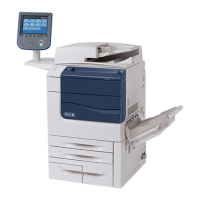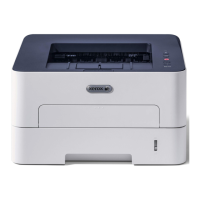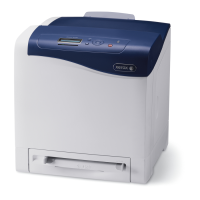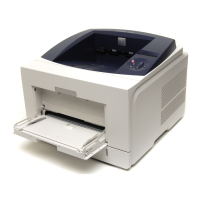11-bit
page
address in the
accessed
element
of the memory
map
array
replaces the 8
high-order
bits
of
the
virtual
ad-
dress
to
produce the
actual
address of
the
main memory
lo-
cation
to
be
used by
the
instruction
(20-bit
word address
that
is
automatically
adjusted as required for doubleword,
halfword,
or
byte
operation).
See Figure
7.
Note:
If
the
11-bit
page address in the accessed
element
of
the memory map
is
all
zeros,
and
an
actual
ad-
dress
is
produced
that
corresponds to a word address
in the range
0 through 15, when the
ll-bit
page
address
is
combined with the 9 low-order bits
of
the
virtual
address, the corresponding general register
in
the
current
register
block
is
not
accessed.
In
this
one
particular
instance a word address in
the
range 0 through
15
corresponds to
an
actual
main
memory location rather than a
general
register.
REAL
MEMORY
WRITE
LOCKS
Additional memory
protection,
independent
of
the access
protection,
is
provided by a
write
lock
and
key
technique.
A
4-bit
write
protect
lock
(WL)
is
provided for
each
512-
word
page
of
actual
memory. Thus, for
the
maximum 1M-
word real memory there would
be
2048
4-bit
write locks.
Write locks
are
assigned to pages
of
actual
addresses as
follows:
Actual addresses
X
'
6oo
'
-X'7FF'
Actual addresses
X
'
400
'
-X
'
5FF'
Actual addresses
X'200'-X
'
3FF'
Actual addresses
O-X'l
FF'
(memory
page
0)
Actual
addresses
X'1FEoo'-
X'l
FFFF'
(memory
page 255)
Actual
addresses
X'1FCOO'-
X
'
1FDFF'
The write
protect
locks can be changed
only
by
executing
the
privileged
instruction MOVE
TO
MEMORY CONTROL
(see
Chapter
3,
"Control Instructions").
The
write
key (a
4-bit
field in the
PSWs
for
any
operating
program,
or
in the command doubleword for
I/o
operations)
works in
conjunction
with the
write
lock to determine
whether
any
program (slave,
master-protected,
or master
mode) can
write
into a
specific
page
of
main memory
ioca-
tions. The
write
key and lock control
access
for writing
according
to these rules:
1. A lock
value
of
0000 means
that
the corresponding
memory
page
is
unlocked; write
access
to
that
page
is
permitted independent of the key
value.
28 Main Memory
2.
A key
value
of 0000
is
a "skeleton
II
key
that
will open
any lock; thus
write
access
to
any
memory page
is
per-
mitted independent
of
its lock
value.
3.
A lock
value
other than 0000 for a memory
page
per-
mits write access to
that
page only
if
the key
value
(other than 0000)
is
identical
to.the
lock
value.
Thus a program
can
write
into a
given
memory page
if
the
lock
value
is
0000,
if
the
key
value
is
0000, or
if
the key
value
matches the lock
value.
Note:
The
memory
access
protection
feature operates
dur-
ingvirtualaddressing
modes
and
on virtual addresses,
whereas the memory
write
protection feature always
operates on
actua
I memory addresses. Thus,
if
the
memory
access
protection feature
is
invoked (that
is,
if
the basic processor
is
operating in
the
slave
mode or the
master-protected
inode and
is
usi
ng
the
memory map),
the
access
protection
codes
are
ex-
amined when the virtual address
is
converted into
an
actual
address. Then the lock and key
are
ex-
amined to determine whether the program (master,
master-protected,
or
slave
mode)
is
allowed to
alter
the contents
of
the
main memory location correspond-
ing to the final
actual
address. If
an
instruction
at-
tempts to write into a
write-protected
memory
page,
the basic processor aborts the instruction,
and
traps
to
location
X
140
1
,
the "nonallowed
operation"
trap
(see
"Trap System ",
later
in this
chapter).
If
an
I/O
procedure attempts to write into a
write-
protected
memory
page,
the write lock
violation
bit
in
the
lOP sta tus
byte
is
set,
and
can
be tested by
the
AIO,
TIO,
and
TDV
instructions.
PROGRAM
STATUS
WORDS
The
critical
control conditions
of
the basic processor
are
de-
fined within
64
bits
of
information
collectively
referred to
as the program status words
(PSWs). The current
PSWs
may
be
considered as one
64-bit
internal basic processor register,
although
they
actually
exist as a
collection
of
separate
reg-
isters and flip-flops (see Figure 2
appearing
earlier
in this
chapter).
When stored in memory,
the
PSWs
have
the
fol-
lowing format:
They may
be
optionally
followed by
an
additional two words
with the following format:
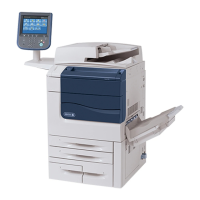
